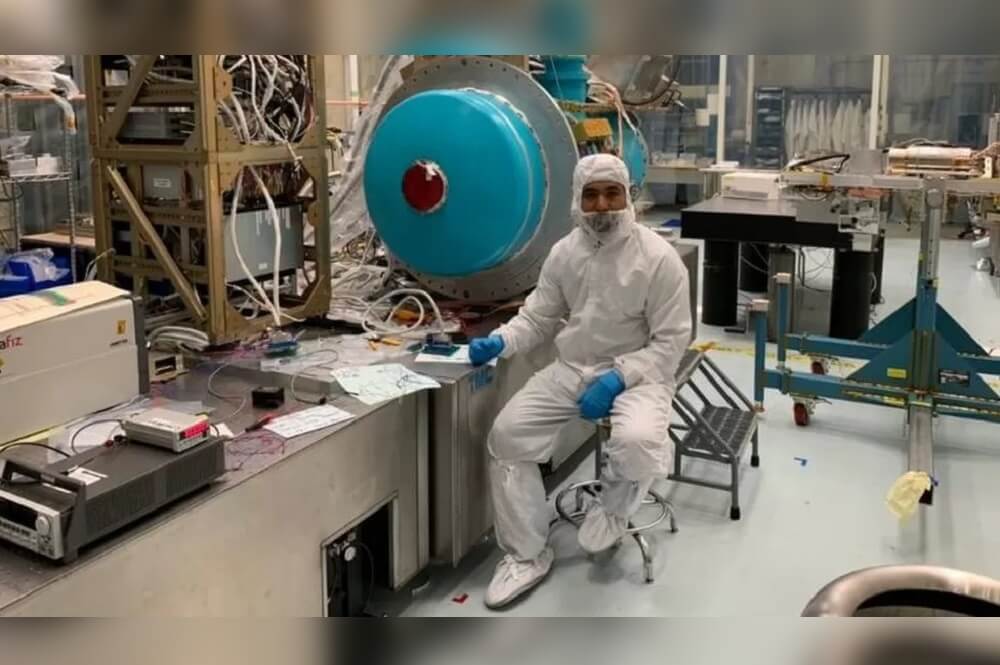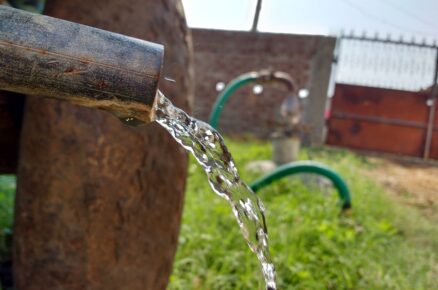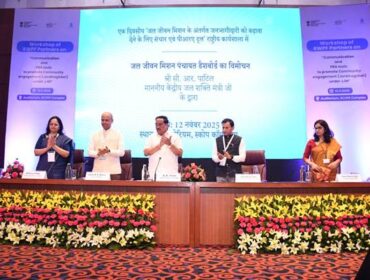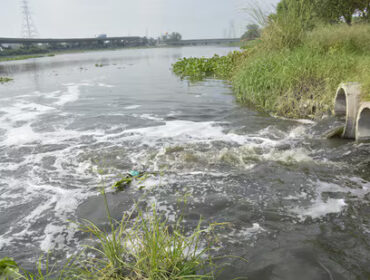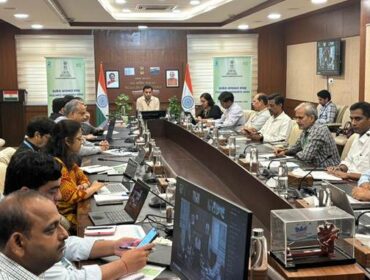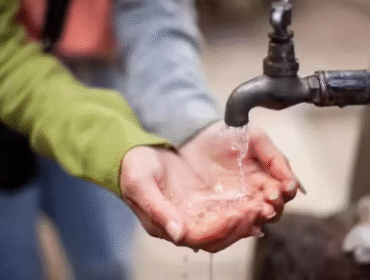WD News: Ethiopian-American Nasa Research Engineer Berhanu Bulcha is aiming to find a solution to the problem of locating water on the moon, to help humans set up a permanent base there.
Addressing the issue of how to get hold of water beyond Earth is crucial. The lunar base being planned would be impossible without the precious liquid and Dr Berhanu is leading a team working on how it could be found on our planet’s only natural satellite.
Water can be transported from Earth but this is expensive and highly inefficient. Significantly, lunar water could also be used to make rocket fuel, allowing the moon to be a platform for further space travel, which would bypass the need for the huge rockets required to overcome our planet’s gravitational pull.
Dr Berhanu and his team are developing a prototype light-weight compact spectrometer that could definitively identify where water reserves are on the moon.
Since getting to graduate school at the University of Virginia 12 years ago, Dr Berhanu has been focussing on developing space instruments that would solve problems for Nasa – and arguably the search for water is the biggest problem of all.
The presence of some water on the moon has already been confirmed. But the issue with most methods of detection is that they cannot tell the difference between water, which is made up of hydrogen and oxygen, and hydroxyl, another hydrogen-containing compound.
The device assisted by the laser that Dr Berhanu is working on emits particles of light at a frequency specific to water, which can be used to pinpoint its presence.
His team is developing what are called quantum cascade lasers to reach this frequency that has been hard to achieve in the past, Nasa’s news service reports.
Dr Berhanu describes it as a novel technological development that will enable astronauts to use a hand-held device to find both the location and volume of water – something which has not been achieved before.
The tiny instrument could also be deployed on a remotely operated rover. Reducing the size and weight of any objects designed to go on a lunar mission is crucial as space is at a premium.
Based at Nasa’s Goddard Space Flight Center in Maryland, Dr Berhanu recently received $2.5m (£2.1m) to continue working on the prototype. It might take another two years to finish but Dr Berhanu says he is optimistic that it can be done and it will work.
Dr Berhanu concludes. “the first thing is to have a dream, have a plan and work towards your dream…definitely there will be challenges but don’t stop, just continue to work.”
Source and image courtesy: BBC






